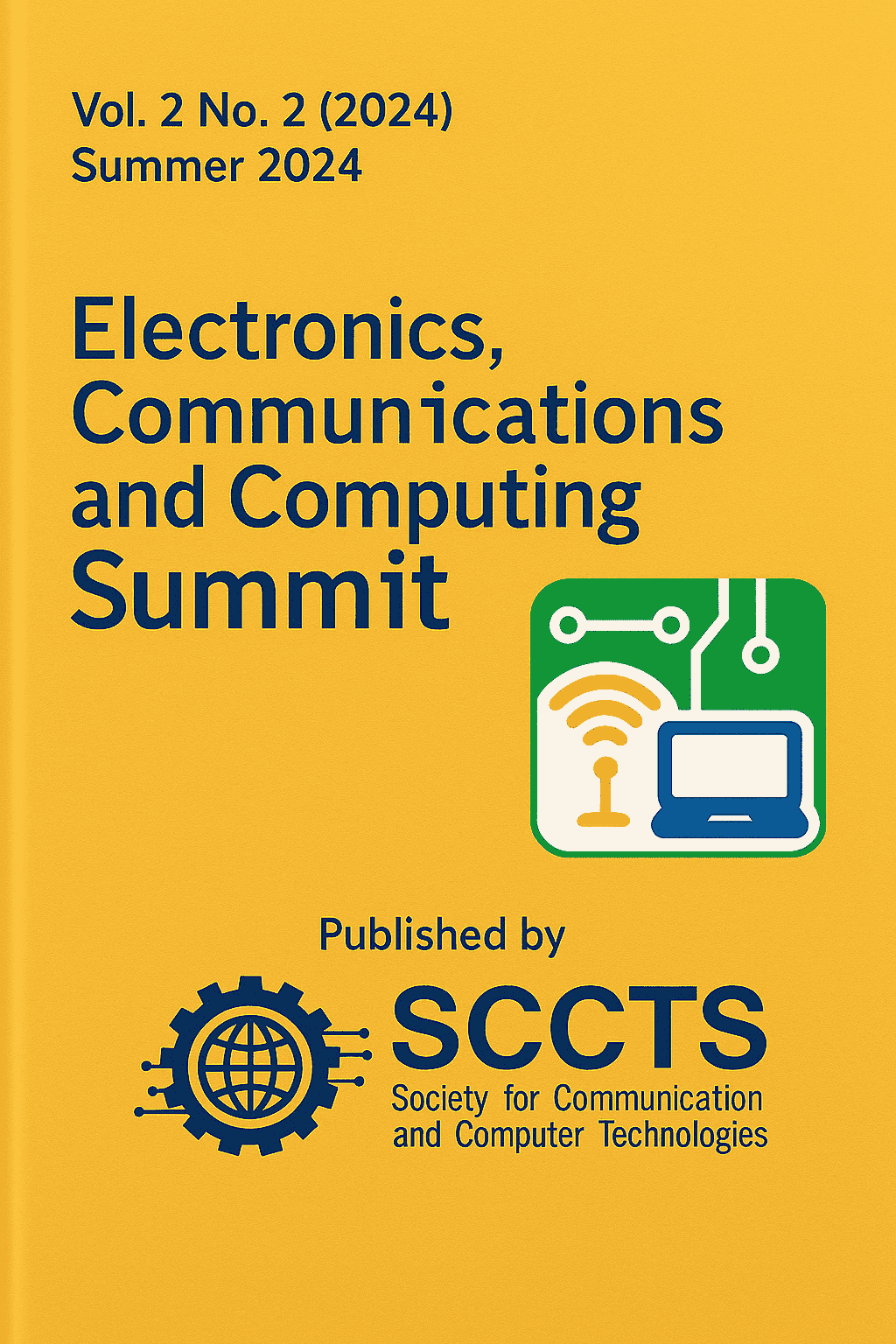Lightweight CNN Architectures for Next-Gen Computing Applications and Edge Device Inference
Keywords:
Edge AI, Lightweight CNN, MobileNetV3, Edge Device Inference, Model Compression, Energy Efficiency, Embedded Systems, Quantization, Neural Network Pruning, IoT IntelligenceAbstract
With the onset of ubiquitous computing and edge intelligence, there is a huge need to deploy high-performance artificial intelligence models on underpowered devices. Convolutional Neural Networks (CNNs) represent a revolutionary computer vision solution, but they may be very computationally demanding, thus unable to be directly deployed on edge devices like IoT nodes, mobile, and wearable electronics. In this study, there has been a compelling necessity of building light weight CNN models which could render real-time inference with low latency, memory and power consumption, without comprising the accuracy. The paper is a detailed comparison of the best modern efficient CNN frameworks, of which there are MobileNetV3, ShuffleNetV2, GhostNet, and EfficientNet-Lite, focusing on how they form their innovations to the structure, how they use fewer parameters, and how they suit the next generation of computing environments through deployment. A benchmark suite was put in place to evaluate these models on real-world edge devices like Raspberry Pi 4, NVIDIA Jetson Nano, and ARM Cortex-M55 based on the following major metrics of performance: top-1 accuracy, inference latency, power consumption, and thermal stability. To further promote the edge intelligence, we propose EdgeLite-CNN, which is a new kind of hybrid CNN model that combines attention-based channel pruning, depthwise separable convolutions, and quantization-aware training, in order to radically decrease the computational load, whilst preserving large representational capacity. On experimental data of the CIFAR-10, EdgeLite-CNN is shown to score top-1 accuracy of 91.3 percent with only 0.89 million parameters and an inference latency of 9.2 milliseconds on Raspberry Pi 4, considerably lowering the power consumption than those of the base models. These results confirm the use of EdgeLite-CNN in real-time-intensive tasks, e.g., smart surveillance tracking, intelligent processing of autonomous sensors, device-level healthcare data analysis. The proposed framework adds to the emerging domain of energy-efficient deep learning, which provides usable perspective on deploying the nine mobile CNNs in the edge according to the constraints, thereby heralding the emergence of the next-generation embedded neural networks.



